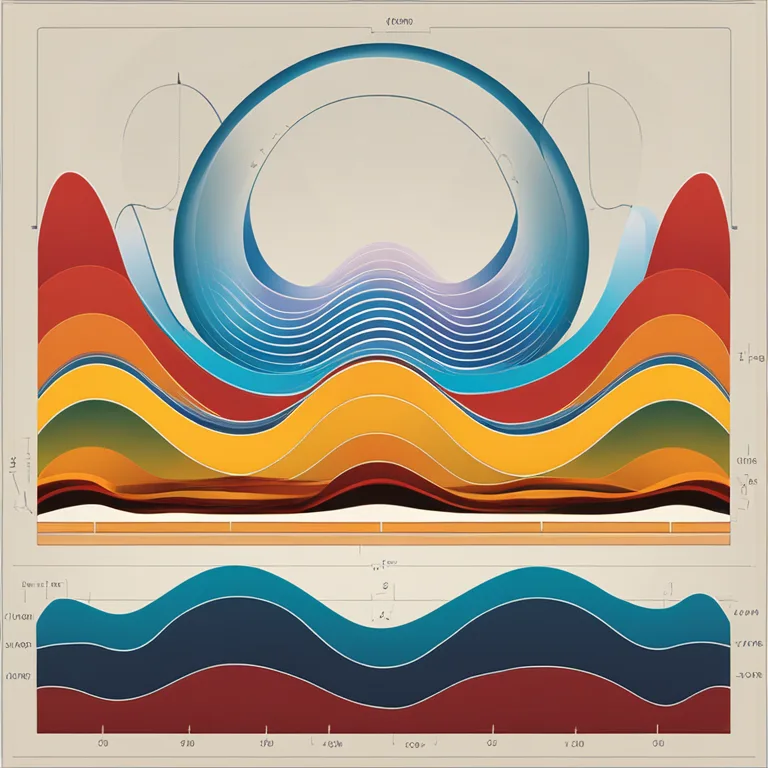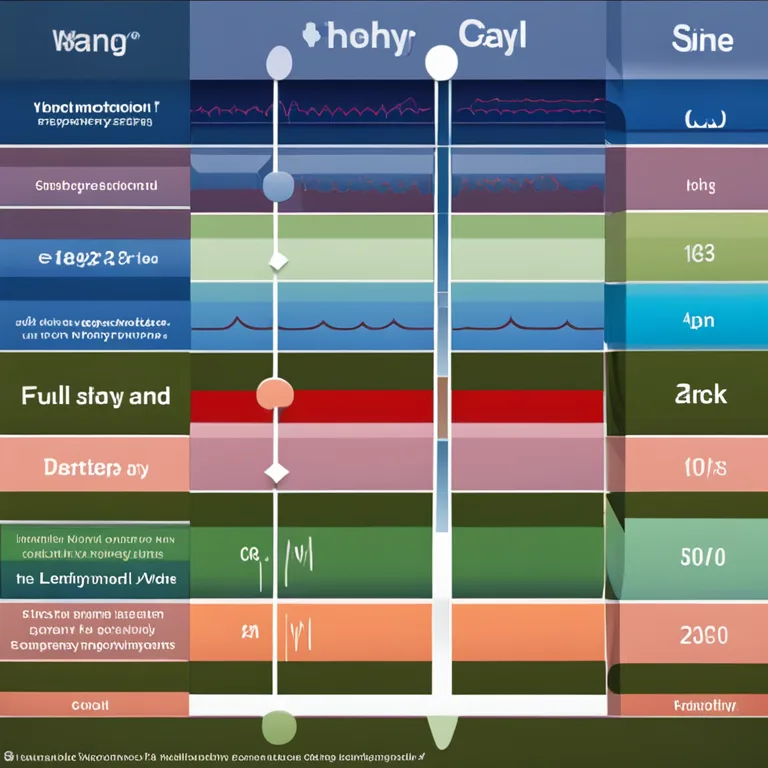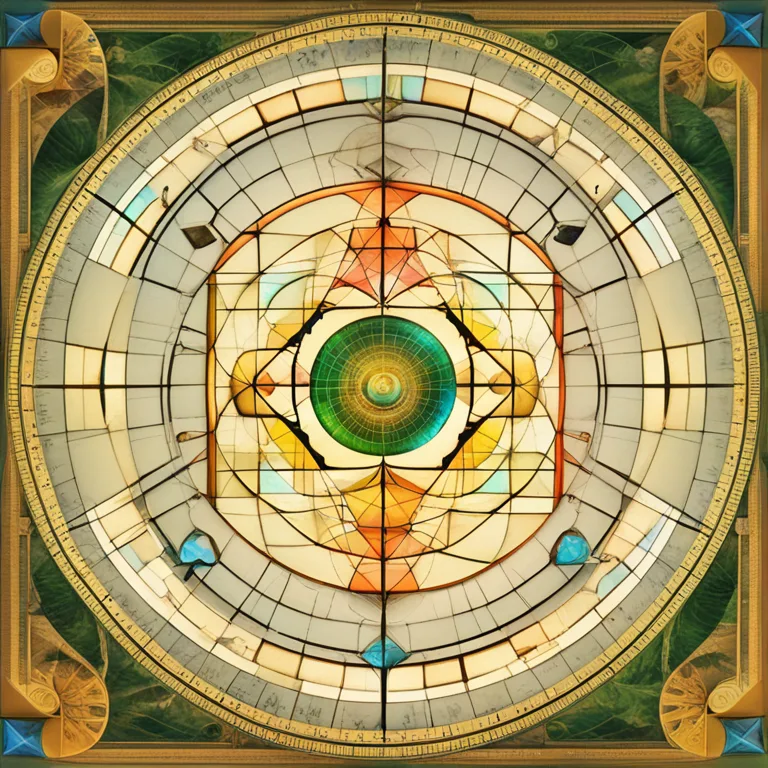
The Basis of Biorhythms: Core Principles Explained
Delve into the fundamentals of biorhythms, the cycles believed to govern human physical, emotional, and intellectual states.
article by Adrian Wallace
Introduction to Biorhythms
Biorhythms are a theoretical concept suggesting that our daily lives are influenced by rhythmic biological cycles. The origin of biorhythm theory dates back to the late 19th century, with initial research conducted by Dr. Hermann Swoboda and Dr. Wilhelm Fliess. These proponents believed that human life unfolds in predictable, cyclic patterns that can be calculated and thereby, anticipated. In today’s digitally connected world, the interest in biorhythms has been rejuvenated, with apps and online calculators designed to help individuals track their personal cycles.

The Three Primary Cycles
The concept of biorhythms is built around three primary cycles: the physical, emotional, and intellectual. Each of these has a fixed period: the physical cycle lasts 23 days, the emotional cycle 28 days, and the intellectual cycle 33 days. According to biorhythm theory, from the moment of birth, these cycles oscillate between high and low phases, with a mid-point that indicates a transition or a day of neutrality. As these cycles ebb and flow, they purportedly influence our capabilities, moods, and decision-making processes.

Calculation and Prediction
At the heart of biorhythm theory are mathematical calculations that map out the cycles. The sine wave is used as a model to represent the up-and-down fluctuation of each cycle. To calculate an individual's biorhythm, the number of days since birth is divided by the length of the respective cycles (physical, emotional, and intellectual), and the position within the sine wave is determined. By plotting these positions, one can predict supposedly optimal or challenging days.

Scientific Scrutiny and Application
Since its inception, biorhythm theory has faced scientific scrutiny. Critics argue that there is a lack of empirical evidence supporting the existence of biologically pre-set cycles affecting our day-to-day experiences. Yet, supporters of biorhythms often cite anecdotal evidence and the subjective benefits of heightened self-awareness and life planning. While mainstream science has not fully endorsed biorhythms, the model continues to be popular in the realms of personal development and holistic wellness.

Modern Tools and Technology
Technology has played a significant role in the resurgence of interest in biorhythms. With the advent of smartphones and wearable technology, tracking these cycles has become more accessible. Many users find value in monitoring their biorhythms to make informed decisions regarding health, relationships, and work. Still, it's crucial to approach biorhythm-generated insights as complementary to, rather than a replacement for, professional advice and personal intuition.
Conclusion: Rational Balance
Biorhythms represent an intersection of mystical belief and mathematical predictability. While they have not been scientifically proven to predict or influence daily events, biorhythms offer a framework for examining the ebbs and flows of our physical, emotional, and intellectual experiences. As we move further into the 2020s, the fascination with such alternative insights continues to challenge and enrich the human pursuit of self-knowledge and well-being.
Published: 12/28/2023
Modified: 12/28/2023
More predictions
Come back here soon to learn more about yourself and your future


Biorhythm Insights: Patterns of Life's Peaks and Valleys
Discover the intriguing concept of biorhythms and see practical examples of how these physiological cycles might influence our daily lives.


The Intricacies of Biorhythms: A Detailed Guide
Delve into the mechanics of biorhythms and how they influence our daily lives, with insights into their practical applications and relevance.